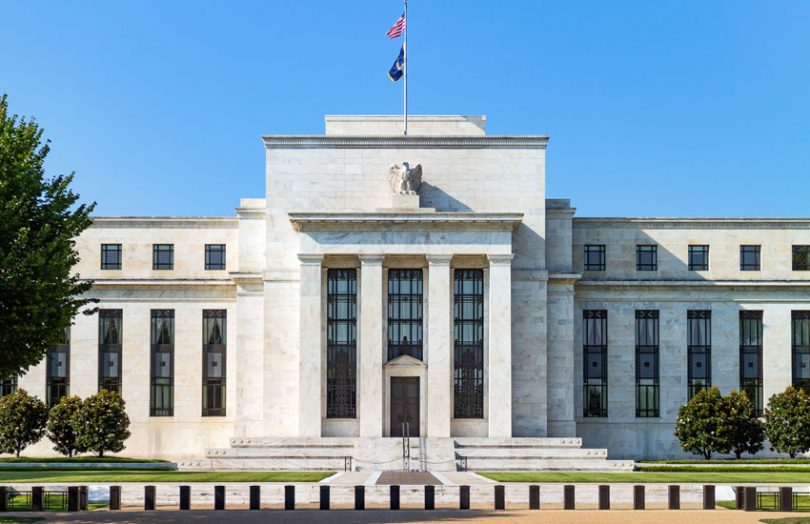Yesterday a joint risk warning about crypto-assets was issued by the three main U.S. banking regulators, the Federal Reserve, the Federal Deposit Insurance Corporation (FDIC) and the Office of the Comptroller of the Currency (OCC). Amongst a raft of risks, the regulators warned banks against owning public blockchain crypto-assets, including stablecoins.
While the regulators have previously warned of risks, there’s an issue that may have impacted the timing. Before Christmas, the global Basel Committee for Banking Supervision published the final crypto-asset Basel rules. While the rules are not particularly permissive, they are far more accommodating than previous proposals. It’s conceivable that the U.S. banking regulators wanted to emphasize that this doesn’t mean it’s open sesame for banks to get involved in crypto.
Another timing issue is the November collapse of the FTX crypto exchange, which led to two banks needing to appease investors. Silvergate’s stock price is down two-thirds, with the larger Signature Bank less exposed to the crypto sector.
Concerns over public blockchain
The definition of crypto-assets by the Basel Committee includes cryptocurrency but also digital securities, tokenized bank money and stablecoins. And the Basel rules noted that the issue of public blockchain risks might be revisited.
Likewise, yesterday’s U.S. regulator warning dedicated a full paragraph to the risks of public blockchains, including governance, a lack of clearly established roles, cyber-attack vulnerabilities and the risks of trapped assets. It went on to say that issuing or directly owning public blockchain crypto-assets “is highly likely to be inconsistent with safe and sound banking practices.”
Some institutions are increasingly interested in getting involved in public blockchains because of the relatively high rate of adoption and low barriers to entry, giving the potential for more liquid markets.
Meanwhile, the warning covered a range of risks, including legal uncertainties regarding ownership rights, risks of fraud, misrepresentation, and volatility, and weak risk management within the crypto asset sector.






